
Roots
There exists a profound connection between the very fibers of textured hair and the Earth’s generous bounty. For generations, this relationship has been more than functional; it represents a deep, unbroken lineage of care, resilience, and identity. We are not just discussing oils; we are entering a dialogue with the ancestral wisdom that recognized the intrinsic needs of kinky, coiled, and wavy strands long before modern laboratories isolated fatty acids. Our journey begins at the source, the cellular architecture of textured hair, and the ancient understandings that guided our foremothers in its preservation and celebration.
To truly grasp which oils offer the most profound kinship with textured hair, one must first appreciate the unique structural characteristics of these magnificent strands. Unlike straight hair, the elliptical or flattened cross-section of textured hair creates inherent bends and twists. This morphology means the cuticle scales, those protective outer layers, do not lie as flat, leading to a higher propensity for moisture loss.
The winding path of the hair shaft also makes it more challenging for naturally produced sebum, the scalp’s own oils, to travel down the entire length of the strand, leaving the ends particularly vulnerable to dryness. It is within this distinctive biological reality that the wisdom of oil application finds its scientific validation.

What is the Hair’s Anatomy and How Does Oil Interplay?
The hair strand is a complex marvel, a testament to nature’s ingenuity. At its core lies the medulla, a central, sometimes absent, canal. Surrounding this is the cortex, the primary mass of the hair, composed of keratin proteins that determine strength, elasticity, and color. Encasing the cortex is the cuticle, an overlapping layer of scale-like cells resembling roof tiles.
These cuticles, when healthy, lie flat and create a smooth surface, reflecting light and locking in moisture. In textured hair, these scales may be more lifted or uneven due to the curl pattern, which creates tiny openings. It is through these microscopic pathways that certain oils, with their specific molecular structures, can truly penetrate, offering nourishment beyond mere surface conditioning. This deep interaction transforms the hair from within, aligning with ancient principles of restorative care.
Scientists confirm that oils primarily composed of Saturated or Monounsaturated Fatty Acids, with their smaller, more compact molecular structures, are better equipped to permeate the hair shaft. These molecular dimensions allow them to slip beneath the cuticle scales and enter the cortex. Consider Lauric Acid, a dominant fatty acid in coconut oil, as a key example.
Its diminutive size allows it to move beyond the superficial layers, offering a substantial internal benefit. This scientific insight echoes the long-held practices of communities who intuitively understood which natural extracts truly nourished their strands.
The kinship between certain oils and textured hair resides in their ability to transcend mere surface application, deeply interacting with the strand’s unique architecture.
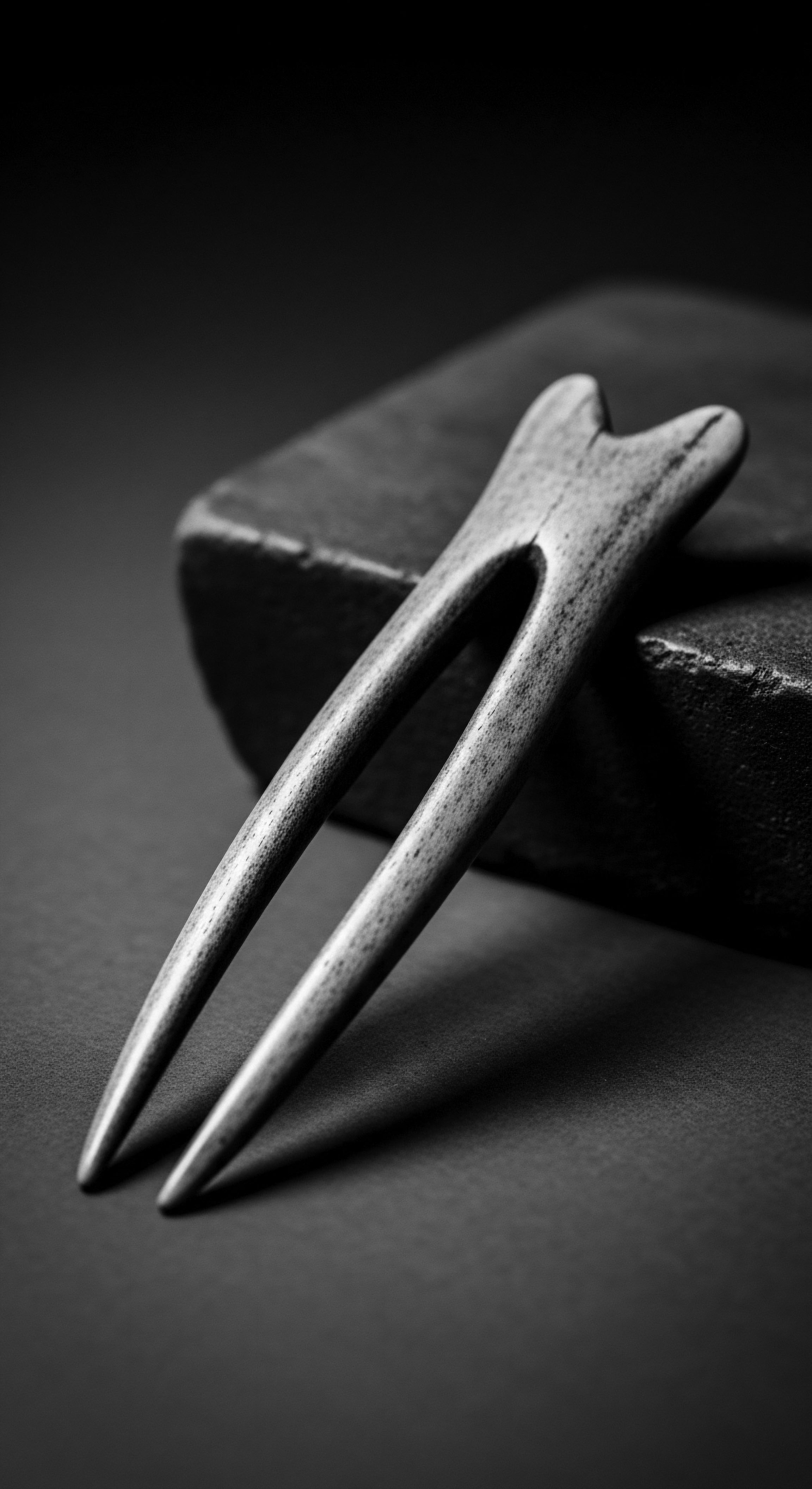
Understanding Our Hair’s Classification From a Heritage Standpoint
For generations, the categorization of hair was not confined to numbers and letters, but rooted in lived experience, familial wisdom, and cultural markers. Before modern classifications emerged, hair types were often understood through observation of their natural attributes, their response to the elements, and their role in communal identity. We speak of hair that drinks up moisture, hair that thrives with gentle care, or hair that defies gravity in its spirited coils.
This intuitive understanding, passed down through the ages, laid the groundwork for contemporary scientific endeavors. The need to maintain moisture, for example, was a practical concern for textured hair across climates, leading communities to discover and utilize oils that truly permeated the strand.
The modern textured hair classification systems, while offering a helpful shorthand, can sometimes flatten the rich diversity and historical context of Black and mixed-race hair. They attempt to quantify what our ancestors perceived with an artist’s eye and a healer’s touch. These systems often describe curl patterns ranging from loose waves to tight coils.
Understanding these classifications, however, can aid in discerning which oils will interact most effectively with each hair type’s porosity, a measure of how easily moisture enters and leaves the hair shaft. Hair with tighter curl patterns often exhibits higher porosity towards the ends, making penetrating oils even more beneficial.
- Low Porosity Hair ❉ This hair type has tightly bound cuticle layers, making it harder for moisture to enter. Oils with smaller molecules, like Coconut Oil, can be particularly beneficial here.
- Medium Porosity Hair ❉ Cuticles are less tightly bound, allowing for a good balance of moisture absorption and retention. A variety of penetrating oils can be effective.
- High Porosity Hair ❉ Characterized by lifted or damaged cuticles, this hair type absorbs moisture quickly but loses it just as fast. Penetrating oils help seal the cuticle and reduce water absorption, providing substantial protection.
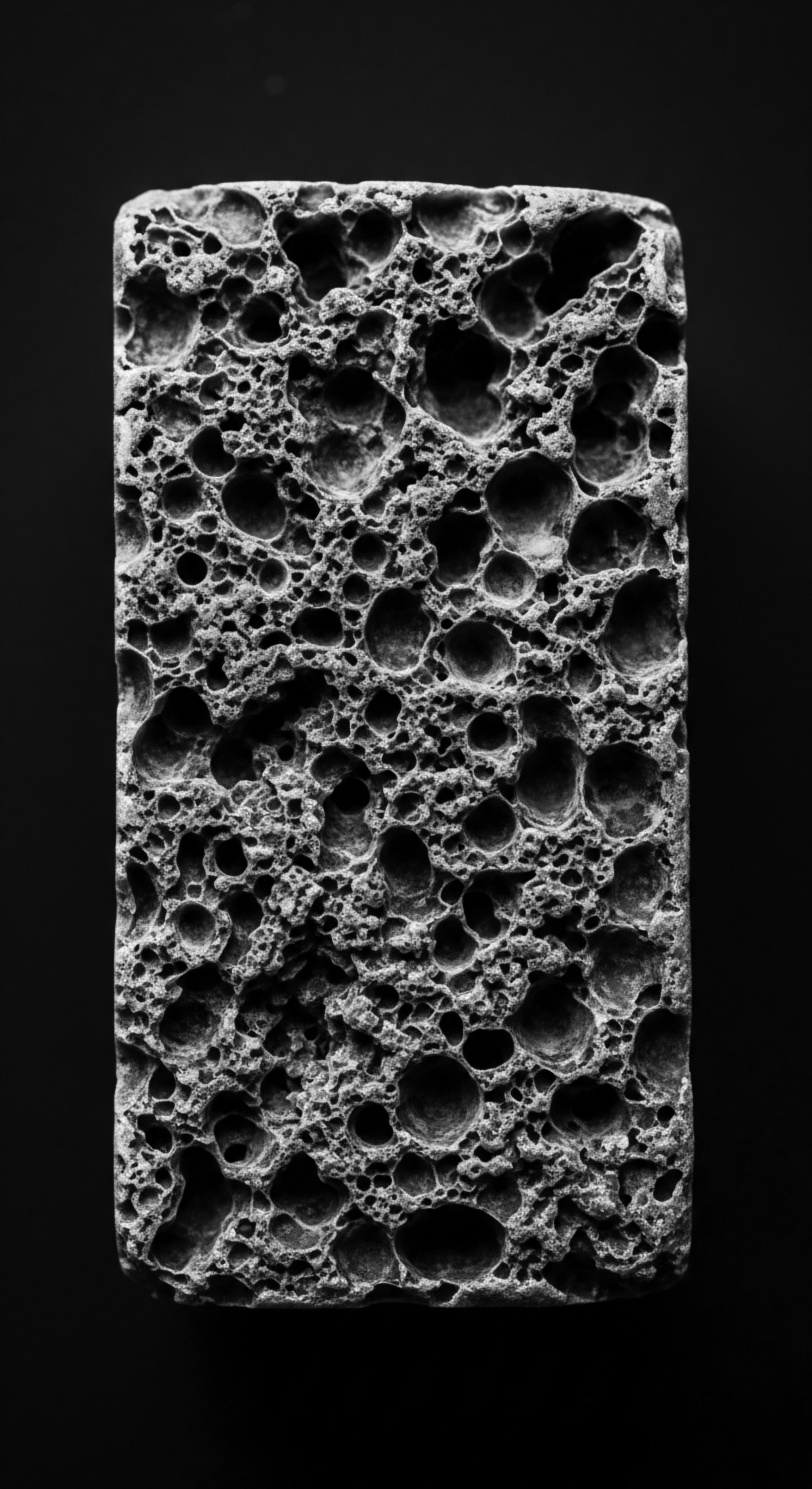
Echoes from the Source ❉ Ancestral Knowledge of Hair Growth
The ancient world held a profound respect for hair, not merely as an adornment but as a vital expression of self, community, and even spiritual connection. In many African societies, hair care was a communal affair, a ritual of bonding and knowledge exchange. The practices centered on natural ingredients and understanding the hair’s response to various environmental and nutritional factors.
Long before the advent of industrial beauty products, communities turned to indigenous plants and their extracted oils to promote strength, length, and vitality. This ancestral wisdom often recognized the connection between scalp health and hair growth, leading to practices that nourished the very roots of the strands.
Contemporary science now confirms the importance of nourishing the scalp and strands with lipids. Oils provide essential fatty acids, vitamins, and antioxidants that support healthy hair cycles and reduce breakage. While hair growth is determined by genetics and internal factors, the external environment and care regimens significantly influence hair health and retention. Traditional practices, often involving the deliberate application of specific oils, were a direct response to climatic challenges and the need to protect hair from dryness and damage, thus indirectly supporting length retention.

Ritual
The application of oils to textured hair has always been far more than a simple act of conditioning; it is a ritual steeped in generations of care, a testament to cultural survival, and a quiet act of beauty. From the communal spaces where hands worked together to the solitary moments of self-care, oiling has been woven into the fabric of textured hair heritage. These practices, honed over centuries, reveal an intuitive understanding of how different oils interact with the hair’s unique structure, protecting it through various styling techniques and transforming it into expressions of identity.
The history of hair care in African communities, for instance, is rich with the utilization of natural ingredients. Before transatlantic voyages, hair was a primary identifier, communicating status, age, and spiritual beliefs. Oils, often derived from local flora, played an integral role in maintaining these elaborate styles and ensuring the health of the scalp. This ancestral knowledge, though challenged by forced assimilation during slavery, persisted as a quiet act of resistance, with natural butters and oils used to protect and moisturize hair under harsh conditions.
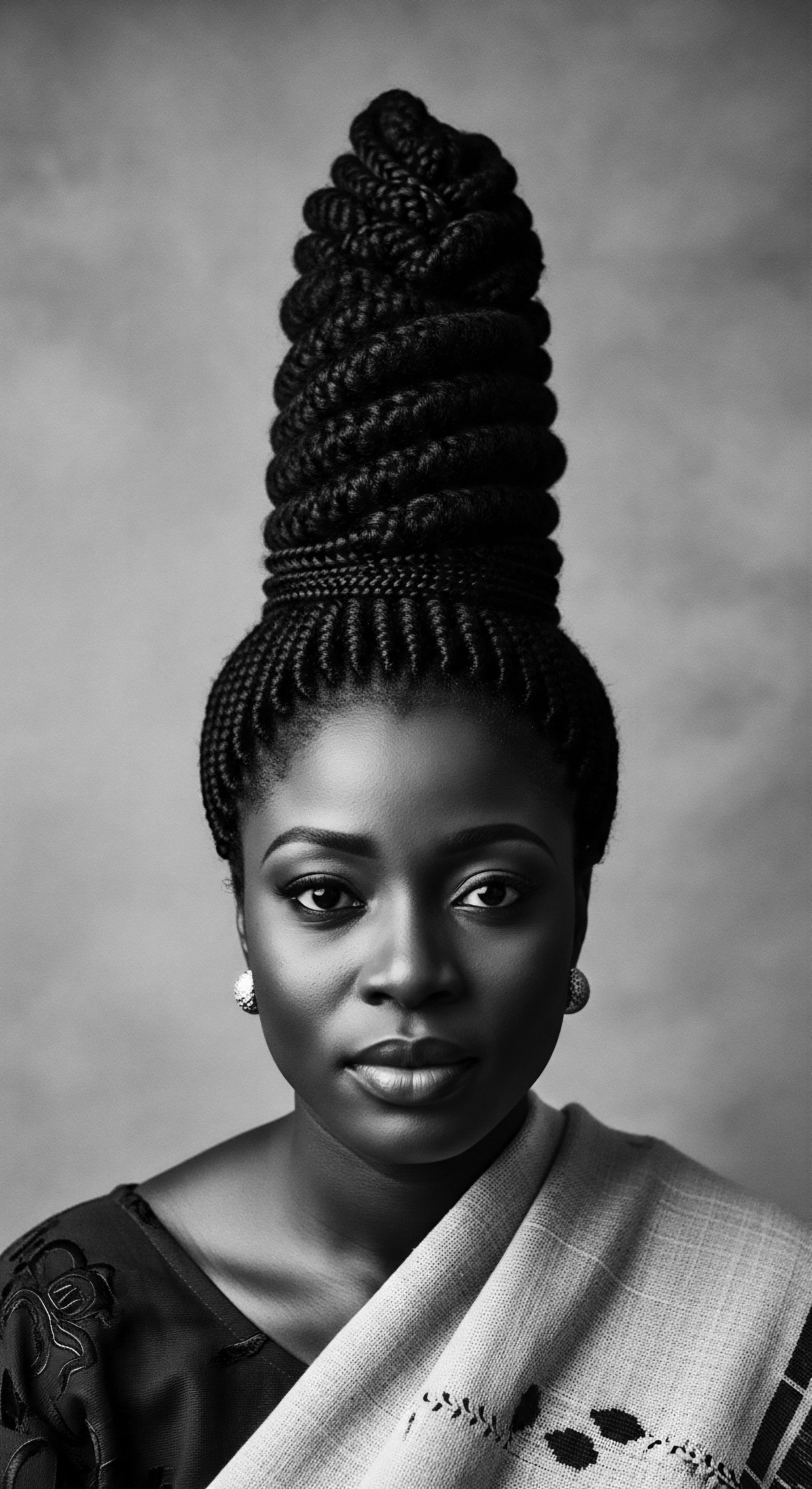
How Does Oil Application Shape Protective Styling Heritage?
Protective styles are cornerstones of textured hair care, designed to safeguard delicate ends from environmental stressors and manipulation. Oils are indispensable partners in these styles, providing lubrication, moisture, and a protective barrier. Consider the intricate world of braids, twists, and cornrows – styles that have adorned Black and mixed-race heads for millennia.
Each sectioning, each plait, benefits from the slip and conditioning that oils offer, reducing friction and minimizing breakage during the styling process. This practice was not merely about appearance; it was about preserving hair integrity over long periods, a practical necessity for many.
Oils like Coconut Oil, known for its ability to penetrate the hair shaft, are particularly suitable for pre-shampoo treatments or as part of a styling regimen for protective styles. Applying warmed coconut oil before braiding, for example, allows it to permeate the hair, strengthening the inner cortex and reducing protein loss from washing and manipulation. This pre-treatment ritual, intuitively understood by generations, finds modern validation in its ability to prepare the hair for the demands of protective styling.
| Oil Coconut Oil |
| Ancestral Styling Use Pre-treatment for braids, sealing moisture for length retention, scalp massage in African and Indian traditions. |
| Modern Scientific Link Small molecular size (lauric acid) allows deep penetration, reducing protein loss and providing internal strength. |
| Oil Olive Oil |
| Ancestral Styling Use Conditioning and shine for various styles, often mixed with herbs in North African and Mediterranean regions. |
| Modern Scientific Link Rich in monounsaturated fatty acids (oleic acid) which can penetrate and provide lubrication. |
| Oil Avocado Oil |
| Ancestral Styling Use Nourishing and protecting from dryness in Mesoamerican practices, used for hair health. |
| Modern Scientific Link High in monounsaturated fats, provides a protective layer and strengthens strands, preventing breakage. |
| Oil These oils embody a continuing legacy of care, connecting ancient styling practices with contemporary scientific understanding. |

What Traditional Tools Were Used with Oils?
The tools of textured hair care have always been extensions of the hands that wielded them, often crafted from nature’s materials and imbued with a reverence for the hair itself. Before the advent of plastic combs and metal implements, our ancestors employed items like carved wooden combs, bone pins, and even their own fingers to detangle, section, and style. These tools, often smoothed by time and repeated use, worked in concert with oils to facilitate intricate styling and gentle manipulation. The application of oils softened the hair, making it more pliable and reducing breakage during the grooming process, ensuring the longevity of styles.
For example, the practice of finger-coiling or detangling with a wide-tooth wooden comb after applying a nourishing oil reflects a deeply ingrained understanding of textured hair’s needs. The oil provides the necessary slip to separate strands without undue stress, preventing knots and tangles that can otherwise lead to damage. This mindful approach, passed down through generations, prioritizes preservation and respect for the natural state of the hair. It contrasts sharply with methods that prioritize speed over hair health, underscoring the enduring value of traditional care.
From ancient protective styles to contemporary expressions, oils remain a vital conduit, uniting ancestral care with modern hair artistry.
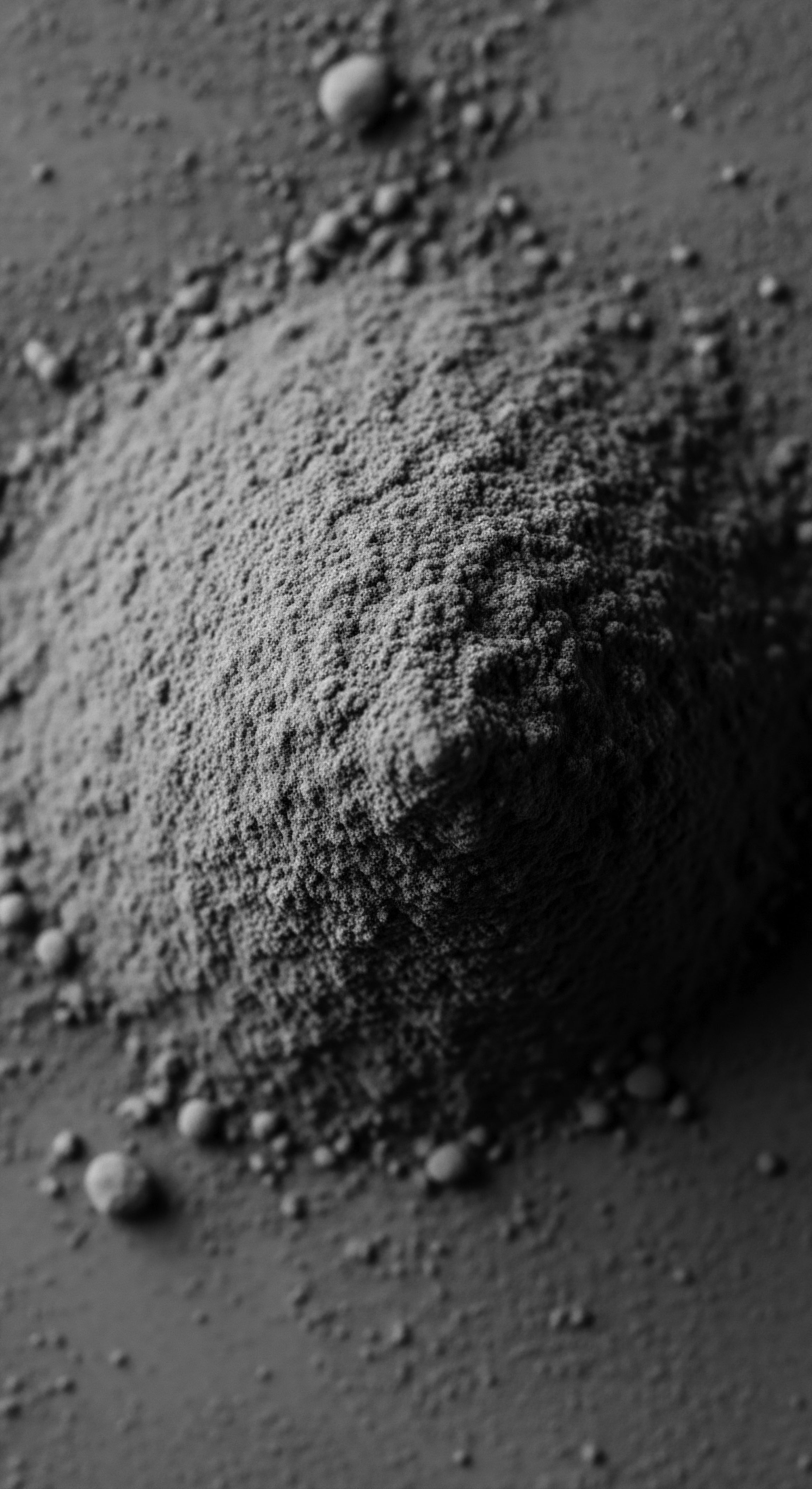
How Do Oils Transform Identity and Expression?
Hair has consistently served as a potent canvas for identity, a visible declaration of selfhood and community belonging. For people of African descent, hair has been a marker of resistance and pride through centuries of cultural challenges. The application of oils, whether for daily sustenance or ceremonial adornment, became part of this powerful expression.
In various African cultures, styles conveyed social status, marital standing, and even spiritual connections. The sheen that oils imparted, the way they helped maintain sculpted forms, all contributed to a visual language understood within the community.
During times of enslavement, when hair was often shaved as a means of control and dehumanization, the clandestine practice of braiding and oiling became a quiet act of defiance, a way to hold onto cultural memory. Stories exist, some debated, of enslaved women braiding rice seeds into their hair as a means of survival, or using intricate patterns to map escape routes, all while keeping their hair pliable with whatever fats or oils were available. These acts elevate the use of oils from mere beauty practice to a profound statement of self-possession and enduring heritage. The oils, then, are not just about hair health; they are about cultural sustenance.
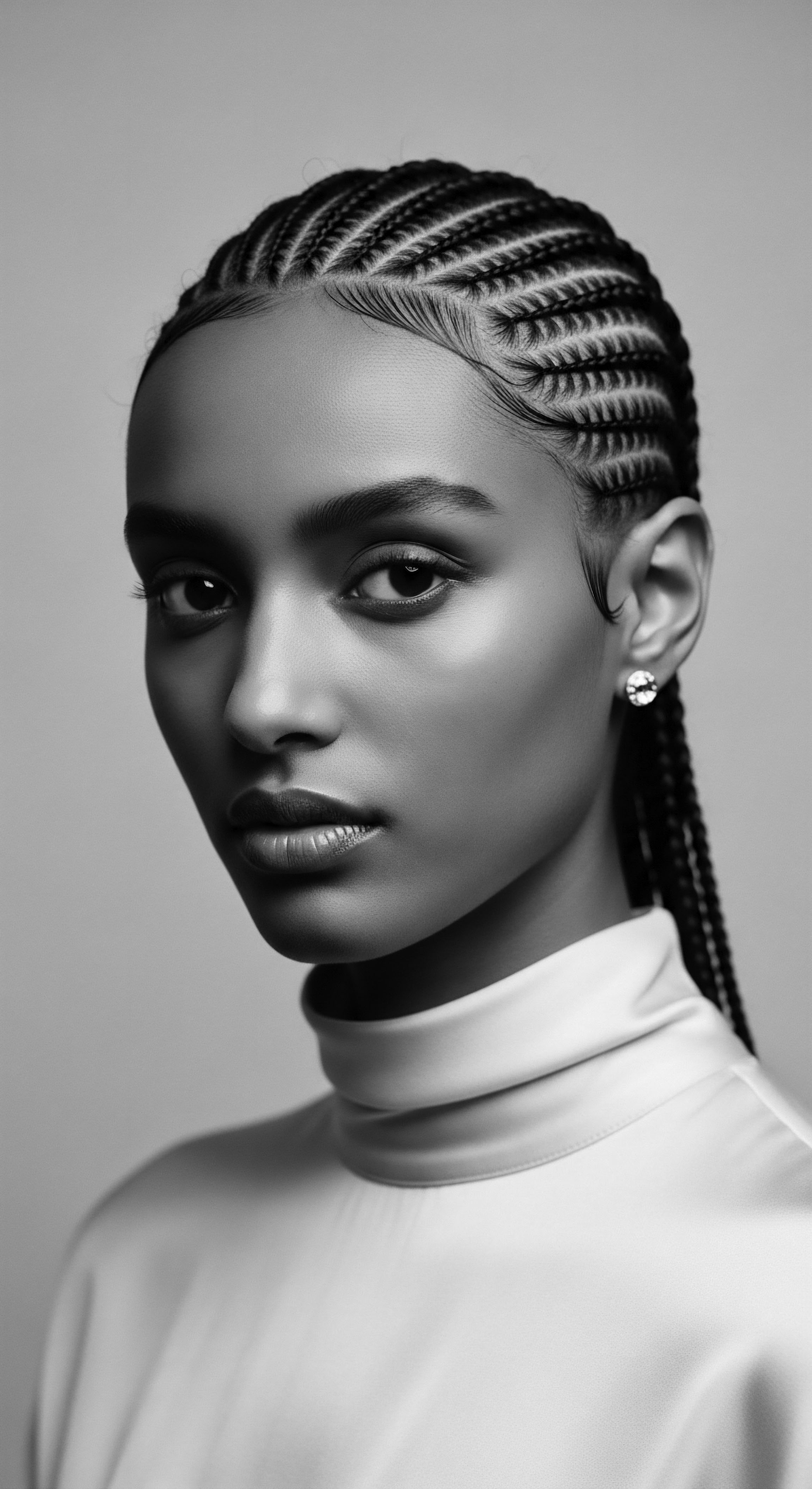
Relay
The journey of understanding which oils truly penetrate textured hair best is a dynamic interplay between ancient knowledge and modern scientific inquiry. It is a dialogue that honors the wisdom passed down through generations while embracing the analytical rigor of contemporary research. This section aims to bridge these two realms, revealing how traditional practices often find their scientific validation and how current insights can deepen our appreciation for historical methods, all through the lens of textured hair heritage.
For centuries, the specific needs of textured hair, characterized by its unique curl patterns and susceptibility to dryness, led many cultures to rely on oils as foundational elements of their care regimens. What was once observed as effective through trial and generational transmission is now being elucidated through molecular analysis, revealing the precise mechanisms by which certain lipids interact with the hair shaft. This ongoing scientific exploration confirms that heritage-inspired practices are not mere folklore; they are sophisticated systems of care grounded in observable efficacy.
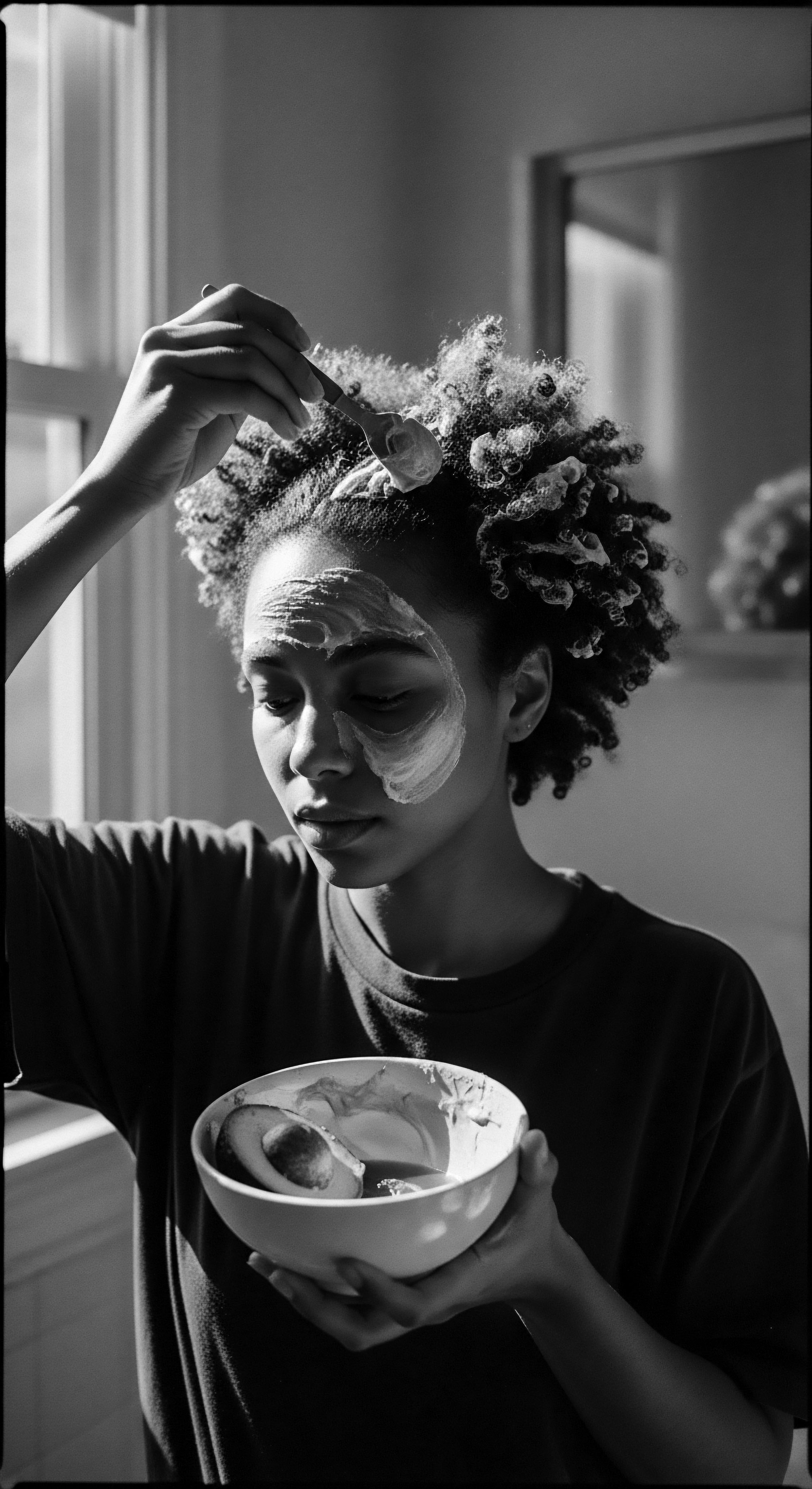
What Scientific Discoveries Validate Our Ancestral Wisdom?
Modern cosmetic science, with its advanced tools and methodologies, has begun to systematically investigate the claims long held by communities regarding the efficacy of natural oils on hair. Research employing techniques such as Matrix-Assisted Laser Desorption Ionization Time-of-Flight Mass Spectrometry (MALDI–TOF MS) allows scientists to observe the actual presence of oil molecules within the hair’s cortex, the inner core of the strand. This is a monumental step, confirming what our ancestors knew through intuition and experience ❉ certain oils indeed go beyond superficial coating.
One pivotal area of research centers on the molecular structure of oils. It has been shown that oils with smaller molecular sizes and a higher proportion of Saturated or Monounsaturated Fatty Acids exhibit a greater capacity to penetrate the hair shaft. Coconut Oil stands out in this regard due to its high content of Lauric Acid, a saturated fatty acid with a straight, short chain (12 carbon atoms). This structural attribute permits it to pass through the cuticle and reach the cortex, reducing protein loss from both damaged and undamaged hair.
In a study published in the journal Cosmetics by Brazilian researchers, the penetration of argan, avocado, and coconut oil into bleached textured hair was examined using MALDI–TOF analysis. The findings revealed the presence of these oils within the hair cortex. While argan oil showed stronger intensities, indicating its presence, coconut oil also exhibited penetration. The study further noted that while oils penetrated, their mechanical effects on bleached textured hair varied, suggesting complex interactions influenced by the hair’s unique cortical structure, which can lead to uneven distribution of external materials.
This finding prompts a deeper appreciation for traditional application methods that might have worked around such variations, perhaps through repeated application or specific techniques. (Lourenço, Gasparin, Thomaz, & Mazzola, 2024, p. 3)
The deep wisdom of ancestral hair practices finds validation in contemporary science, confirming the profound interaction of certain oils with the very core of textured hair.

Comparing the Ancestral and the Contemporary Oil Selection?
The oils most celebrated in heritage hair practices—coconut, olive, and avocado—are precisely those that modern science identifies as possessing superior penetrating qualities. This convergence speaks volumes about the observational skills and empirical knowledge accumulated over generations. The oils were chosen not just for their availability, but for their tangible benefits to the hair’s suppleness, strength, and overall vitality.
- Coconut Oil ❉ Its widespread use in Africa, South Asia, and Pacific Islands for centuries for hair nourishment aligns perfectly with its scientifically proven ability to penetrate the hair shaft, reducing protein loss and providing moisture.
- Olive Oil ❉ Revered in Mediterranean and North African traditions for its moisturizing and strengthening qualities, olive oil is rich in oleic acid, a monounsaturated fatty acid that also demonstrates good hair penetration.
- Avocado Oil ❉ Hailing from Mesoamerican traditions where it was used for both skin and hair protection, avocado oil is abundant in monounsaturated fatty acids, offering deep conditioning and helping to prevent breakage.
Other oils, while still beneficial for textured hair, often serve as surface sealants or offer benefits to the scalp. Oils like Jojoba Oil, Argan Oil, and Grapeseed Oil, which contain higher amounts of polyunsaturated fatty acids, tend to coat the hair shaft rather than penetrate deeply. This does not diminish their value; sealing oils are essential for locking in moisture after a penetrating oil has been applied, creating a layered approach that mirrors the comprehensive nature of ancestral care regimens. The selection of oils, then, becomes a thoughtful process, combining both deep penetration and surface protection.

The Unbound Helix ❉ Hair Care Movements and Reclaiming Practices
The history of textured hair is also a history of resilience and reclamation. For generations, external pressures often led to practices that sought to alter the natural texture of Black and mixed-race hair, aligning with Eurocentric beauty standards. The natural hair movement, gaining prominence in the 1960s Civil Rights Era and surging again in the 2000s, represents a powerful return to ancestral ways, a celebration of innate beauty. This movement champions the embracing of kinks, coils, and waves, rejecting the notion that natural hair is unruly or unprofessional.
In this context, the discussion of which oils penetrate textured hair best moves beyond mere cosmetic function. It transforms into an act of cultural continuity, a reaffirmation of identity, and a profound connection to a lineage of care that predates colonial impositions. Reclaiming the knowledge of indigenous oils and traditional application methods is a direct pathway to self-acceptance and empowerment. This return to natural methods, including the diligent use of penetrating oils, offers not just hair health but a tangible link to heritage, recognizing the beauty and strength inherent in every coil and curl.
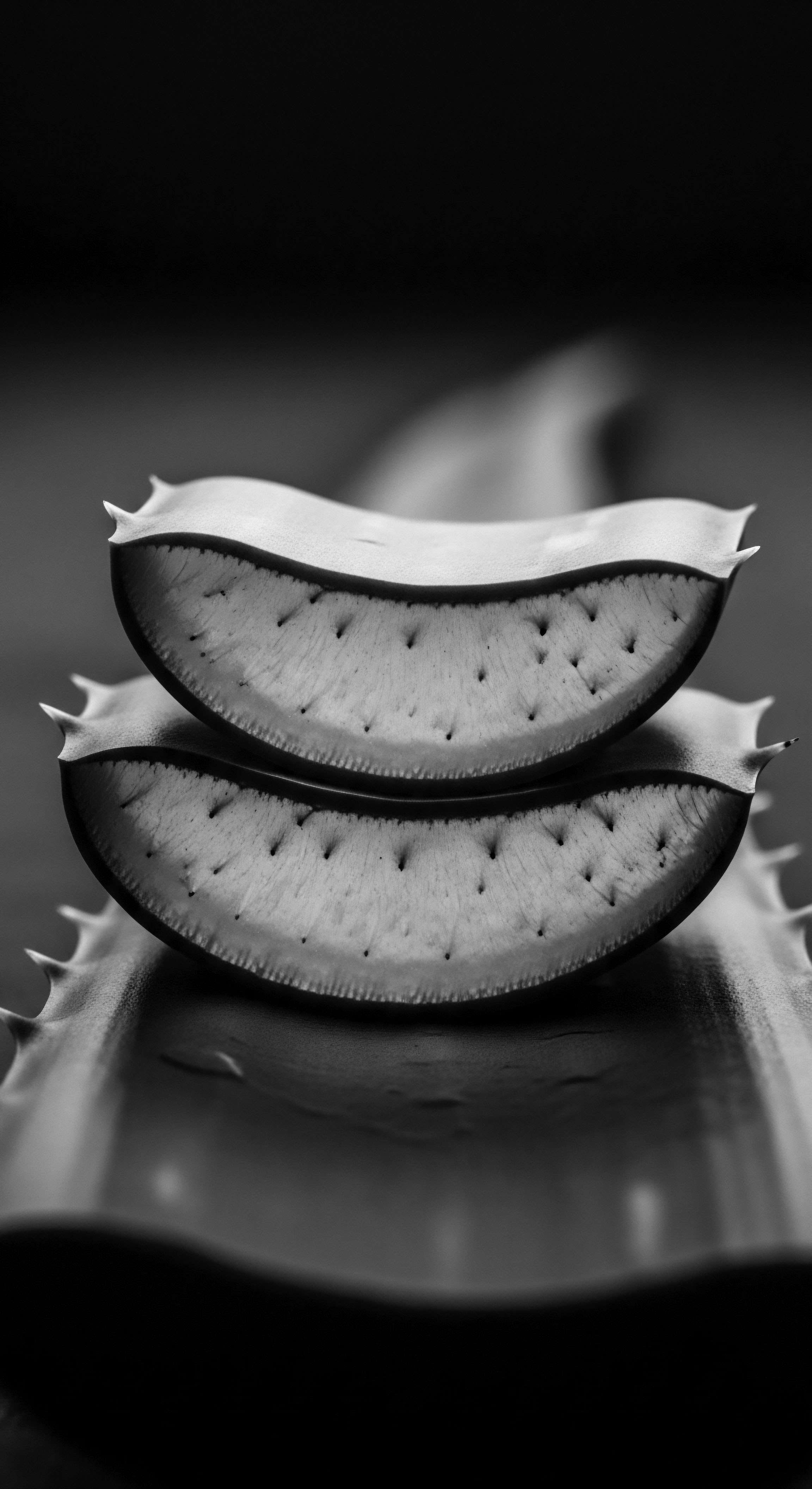
Reflection
The journey through the intricate world of oils and textured hair, viewed through the profound lens of heritage, reveals a story much deeper than mere science. It speaks of survival, of wisdom whispered across generations, and of the enduring spirit that finds beauty and strength in every strand. To understand which oils truly embrace the textured helix is to step into a living archive, where the elemental biology of hair meets the soulful practices of those who have tended it for centuries.
We see how the very structure of our coils and kinks, so often misunderstood or marginalized, becomes a roadmap for connection. The seeking of oils that penetrate, that truly become one with the hair’s core, is not just about molecular weight or fatty acid chains; it is about seeking profound nourishment, a homecoming for strands that have weathered much. It is a recognition that our hair, like our history, is a testament to resilience, capable of absorbing strength, retaining vitality, and shining with an inherent radiance.
The oils, the rituals, the stories—they all echo from a source that reminds us of the ingenuity of our ancestors, who, through observation and deep connection to their environment, unlocked secrets to hair wellness that modern science now confirms. This profound meditation on textured hair, its heritage, and its care, invites us to continue this legacy. It urges us to approach our hair not as a problem to solve, but as a sacred extension of self, a vibrant thread connecting us to a glorious past and an unbound future.
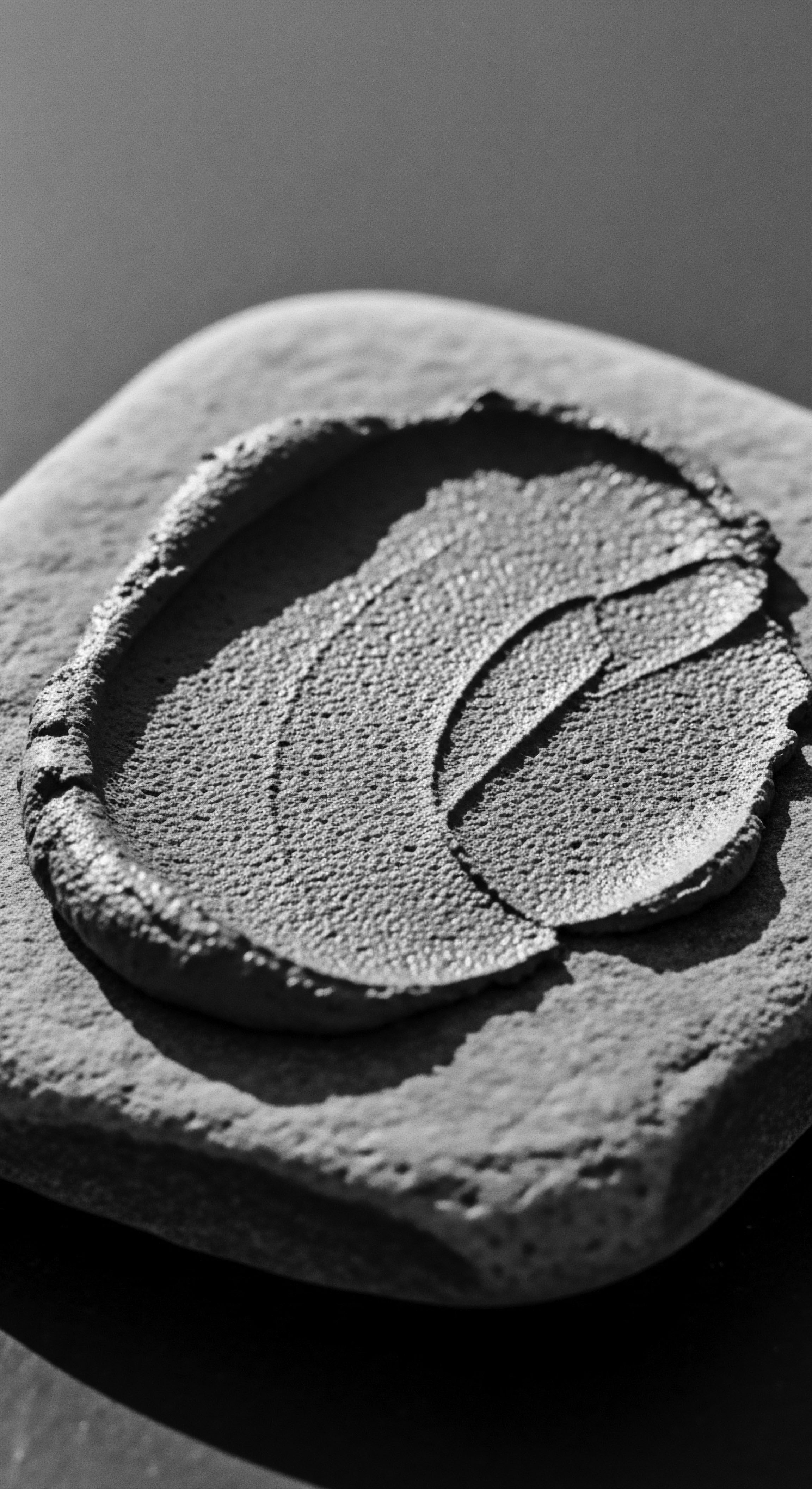
References
- Lourenço, C. Gasparin, R. M. Thomaz, F. M. & Mazzola, P. G. (2024). Penetration of Vegetable Oils into Textured Hair Fibers ❉ Integrating Molecular Matrix Assisted Laser Desorption Ioni-Zation Time-of-Flight Mass Spectroscopy (MALDI TOF/TOF MS) Analysis with Mechanical Measurements. Cosmetics, 11(1), 29.
- Rele, V. J. & Mohile, R. B. (2003). Effect of mineral oil, sunflower oil, and coconut oil on the prevention of hair damage. Journal of Cosmetic Science, 54(2), 175-192.
- Keis, K. et al. (2005). Investigation of penetration abilities of various oils into human hair fibers. Journal of Cosmetic Science, 56(2), 1-13.
- Dias, M. F. R. G. (2015). Hair Cosmetics ❉ An Overview. International Journal of Trichology, 7(1), 2-15.
- Gupta, A. & Goyal, B. R. (2013). Traditional and modern aspects of hair care ❉ A comprehensive review. Journal of Pharmacognosy and Phytochemistry, 2(3), 105-112.
- Keis, K. et al. (2005). The effect of water on the mechanical properties of human hair. Journal of the American Academy of Dermatology, 52(3), 522-527.
- Pryor, R. (2018). Madam C.J. Walker ❉ The Making of an American Icon. TarcherPerigee.
- Byrd, A. D. & Tharps, L. D. (2001). Hair Story ❉ Untangling the Roots of Black Hair in America. St. Martin’s Press.
- Opong, A. (2024). Hair Care Practices from the Diaspora ❉ A Look at Africa, America, and Europe .
- Shim, S. (2024). Our Hair ROOTS ❉ Incorporating our Black Family Hair Traditions and Routines as a Coping Technique to Increase Positive Mental Health. PsychoHairapy.
- Dube, T. (2022). The History Behind Black Hairstyles. University of Salford Students’ Union.
